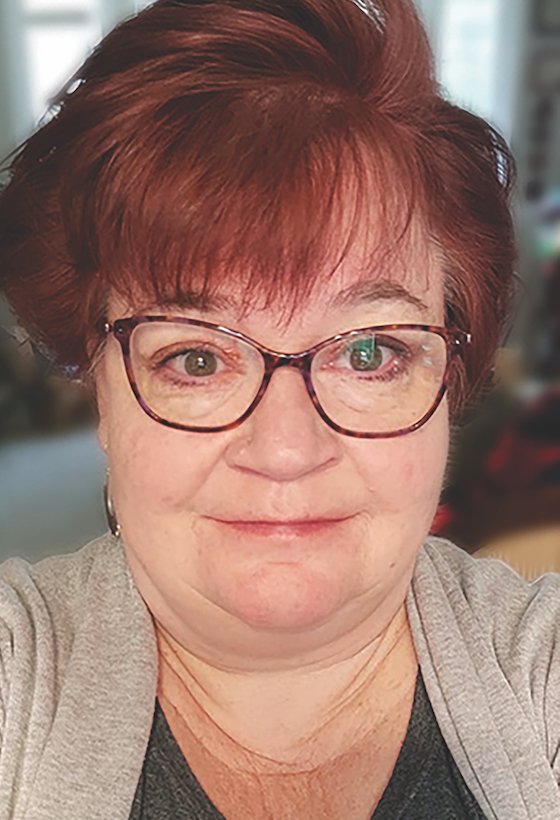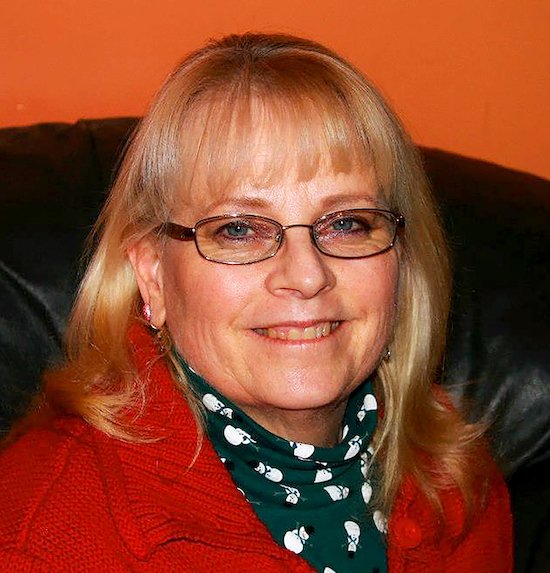Not all disabilities are obvious. These physical, mental, or neurological conditions, known as invisible, or sub-manifest disabilities, limit or make it difficult for a person to move, sense, or do something, and can affect a person’s ability to learn or work. These conditions affect students and educators more than you might think.
Martha Patterson, a special education and math instructor at Central Kitsap Schools in Washington state, says many people with invisible disabilities go unnoticed because others don’t notice them, but educators, especially special education teachers, are working to change that.
What you need to know
Common covert disorders include cognitive impairment, chronic fatigue, and sensory processing disorders, as well as autoimmune diseases, depression, diabetes, visual impairment, and trauma.
For Tracy Erway, special education coordinator for Columbus Public Schools in Ohio, helping these students and educators get the right help has become more than just a day job.

Martha Patterson
Three of her children have invisible disabilities — “I deal with this every day,” she says — which is what led her to become a vocal advocate for her own students with invisible disabilities.
One way to detect this state in students is to pay attention to how they respond, or don’t respond, to lessons.
“Educators may think students are not engaged in class, but it may be difficult for students to maintain the level of engagement we expect,” Erway said.
Educators can get to know their students better by asking a few basic questions: Does the student have a 504 plan, individualized education program, or health plan? These are all designed to provide additional support to students.
Support for Educators
Educators are also entitled to accommodations. In fact, educators can receive their own 504 accommodations.
For example, Erway has been diagnosed with generalized anxiety disorder and depression. In the past, educators have provided her with breaks when she needed, a work environment with fewer distractions, and some even allow her to bring in emotional support animals.
“Accommodations are standard practice,” Patterson says. She recounts how a colleague with bipolar disorder installed windows and changed the lighting in her classroom. “It’s dark here in the winter, so if you have a diagnosed medical condition that affects your work, you have to be your own advocate.” (For more information on Americans with Disabilities Act eligibility, contact your local chapter.)
More understanding and cooperation needed
Robin Szymanski, a special education teacher in Carroll County Public Schools in Maryland, said more understanding and collaboration is needed to help students and educators succeed.

Robin Szymanski
“I educate everyone. … It can’t be that he’s your student and not my student,” Szymanski said. “We have to work together as a team and come up with different ideas to help our students.”
So what needs to change to make this possible? Special education teachers suggest strategies such as shared planning time between special education and general education teachers, increased professional development in resilience and social-emotional learning, and differentiated lessons that meet the needs of all learners.
And NEA members are bringing their experiences and strategies all the way to the White House to make these changes a reality.
A real seat at the table
In July, seven educators met with Secretary of Education Miguel Cardona and other White House officials to discuss needs related to invisible disabilities.
The four NEA members in attendance included Tracy Erway of Ohio and Robin Szymanski, a special education teacher for Carroll County Public Schools in Maryland.
“They wanted to know what we’re doing, what we think is important, what we need to change,” Erway explains. “It’s really important to have an educator as secretary of education, because [as a former public-school teacher] He understands that.”
The group shared real-life experiences and practices that address issues that teachers and students with disabilities, including invisible and unmanifested disabilities, face in schools, including the need for workplace-based professional development, equitable practices to ensure all students have access to learning, effective use of technology, and establishing an academic foundation based on student safety.
“Laws, policies and regulations are just words on paper that often don’t match the reality of the classroom,” Szymanski said, adding that “educators experience the reality of the classroom.” He said that to bring about positive change in special education, it’s important to be able to share with education officials what is and isn’t working.
“This conversation with Secretary Cardona, maybe something I said, a little nudge, could be the catalyst that ultimately creates the change that’s needed,” Szymanski explained.
Member-to-member support
Arway and Szymanski are members of the NEA IDEA Resource Cadre, a group of about two dozen educators across the country trained to provide professional development and resources to help NEA members improve academic achievement for all students.
The group works in four main areas, known as Domains, including elevating the voices of members who are experts in disability education law, creating and providing resources and professional development for NEA members, strengthening and establishing new partnerships with disability organizations, and dispelling one-size-fits-all perceptions of people with disabilities.
“I educate everyone. … It’s not like, ‘He’s your student and he’s not my student.’ We have to work together as a team and come up with different ideas to help our students.” – Robin Szymanski, Special Education Resource Teacher
Cadre members know what’s really happening in classrooms across the country, helping create timely and relevant training and resources, and also giving educators a better idea of what they need to support their students when, say, they’re called to the White House.
“The number of resources, partnerships and information the executive has developed and provided is critical to helping educators and members know their rights, including whether they are eligible for ADA (Americans with Disabilities Act) services and what to do if a student in their class has a disability,” Erway said.
These resources and training are available to NEA members. For more information about the NEA IDEA Cadre, contact NEA’s Education Policy and Implementation Center at 800-448-4415. [email protected].
Additional resources
To learn what you can do to better support your students, visit nea.org/supporting-students-with-differing-abilities. If you are an educator or colleague with disabilities, learn how to better advocate for yourself and them in Advocating for and Supporting Educators at Risk.

